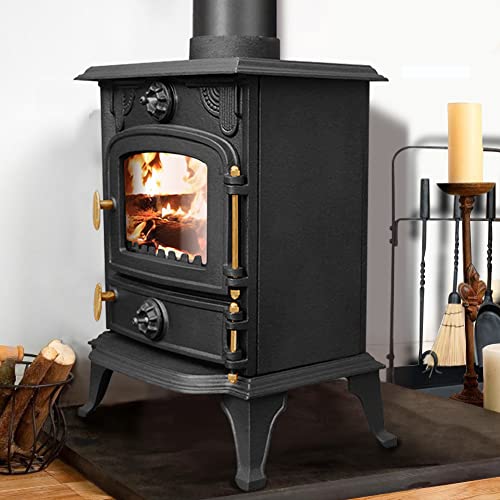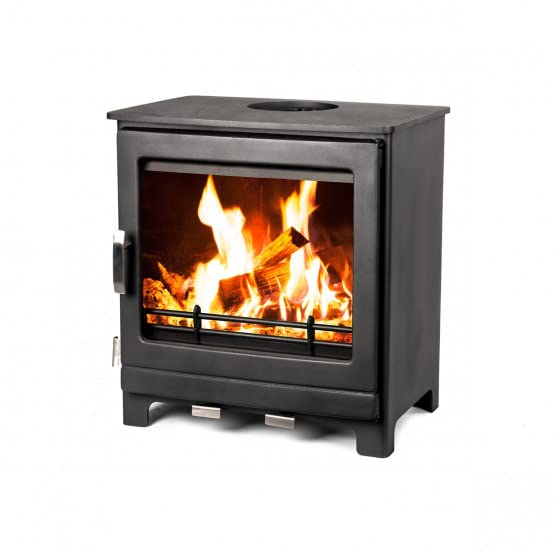자유게시판
| 제목 | 15 Latest Trends And Trends In Multi Fuel Stoves For Sale |
|---|---|
| 작성자 | Damaris |
| 조회수 | 143회 |
| 작성일 | 24-06-09 21:23 |
| 링크 |
본문
 small multi fuel stove surround ideas fuel stoves for sale - https://hendrix-kincaid.blogbright.net/a-proficient-rant-About-multi-fuel-wood-burning-stoves -
small multi fuel stove surround ideas fuel stoves for sale - https://hendrix-kincaid.blogbright.net/a-proficient-rant-About-multi-fuel-wood-burning-stoves -Small multi-fuel stoves are offered for sale and provide the convenience of burning different kinds of smokeless fuels. They also have a wide range of applications and can be utilized in a wide variety of rooms and home decors.
If you reside in an area where smoke is controlled, choose a DEFRA-approved stove such as the Stovax Stockton 5 to burn wood and other non-smoking sources of fuel legally.
Canister Stoves
Canister stoves burn fuel that is stored in sealed canisters of propane, isobutane, or a combination. The most popular backpacking stove is the canister stove, which offers a competitive fuel efficiency as well as easy operation. These stoves are ideal for summertime trips and trips where you want to pack lightweight or for those who prefer a simple system. They're not as efficient in harsh winter conditions, and they're not the best choice for trips at high altitudes.
Some canister-fuel systems, like the Jetboil MiniMo System or MSR WindBurner System have an integrated design that attaches directly to the fuel canister. This creates the creation of a compact and light-weight system. While this may help you save space in your bag however, it leaves the canister exposed to elements and makes it less resilient to the rigors of windy conditions. Soto's WindMaster stove is not integrated and comes with a pot support that's more robust. This design keeps the canister in close proximity to the burner, allowing better heat control in the conditions of wind.
Many stoves with canisters struggle in cold temperatures. As the temperature decreases, so does the pressure in the canister which can result in problems or even failure. The MiniMo pressure regulator addresses this issue, providing consistent heating in subfreezing temperatures.
Liquid fuel stoves can be refilled and require a separate fuel bottle. They offer a greater selection of applications. They can be used with white gas, isobutane/propane blends or Kerosene, and some even use gasoline that is not leaded (the MSR WhisperLite International is an excellent example). These models are great for backpackers who are in remote areas where it may be difficult to locate fuel canisters that are already filled.
A few backpackers also choose wood-burning stoves. These are extremely efficient in terms of energy usage however they add to your pack weight and bulk. There are also a few backpacking stoves which burn biomass or wood as fuel. One of them is the Solo Stove Lite. These stoves are better suited for backpacking trips with fewer people and don't offer the same level of convenience like a canister or a liquid-fuel system.
Liquid Fuel Stoves
Liquid fuel multi fuel stoves for sale-fuel stoves are different from canister stoves. They utilize pumps that keep the pressure in the fuel container, and then forces it into a small nozzle, where it is burnt. They are more suitable for winter camping or hiking, and can operate in temperatures below freezing. They are also much easier to refill than canister stoves since you simply open the lid and pour the contents in. The majority of stoves that run on liquid fuel operate on white gas which is a highly refined version of gasoline with very few or no impurities. It also burns clean and hot in sub-freezing temperatures. Certain stoves that use liquid fuel are able to run on cleaner and less expensive fuels, such as kerosene and diesel.
The drawback of these stoves is that they tend to be heavier than canister stoves and have a lot of parts and moving parts that have to be cleaned or primed in time. They are typically more difficult to operate in windy conditions as the pumping action can cause the flame to flicker and smoke. They also require a priming procedure that involves burning a drop or two of the fuel in a cup beneath the burner to heat it up and transform it from a liquid to a gas.
Liquid fuel stoves work well in frigid temperatures, as do stoves that are based on canisters. They also tend to be more stable than stoves made of canisters since they sit lower on the ground and have wider stove legs that function as stable platforms. Some stoves are as stable as Trangia multifuel stoves X2 and can be used with the original Trangia burner (if you have the Trangia X2 adaptor).
Certain models have an air shaker jet similar to MSR which is better suited to sparking white gas. They're also a good option for travel abroad where it may be difficult to locate canister fuel or the right outdoor supply stores. There are a number of great, lightweight, and easy to use liquid fuel stoves on the market. The Kovea Hydra is one of the top.
Gas Stoves
When cooking, nothing is as iconically American as gas stoves. It's hard to find a home in the US without one, and they're well-known for a variety of reasons. They heat quickly, use natural gas (typically cheaper than electricity) to generate energy and don't require any special installation or venting.
Scientists are becoming more concerned about the harmful emissions that gas stoves release. Gas stoves release formaldehyde and carbon monoxide and nitrogen dioxide at levels above EPA guidelines. These gases are linked to a variety of health problems, such as learning deficits, lung infections and a higher risk for childhood asthma. Even when they aren't in use, they release methane, a greenhouse gas that is considered more powerful than carbon dioxide, but does not remain in the air as long.
The controversy has led to debate on whether gas stoves should be banned and lawmakers have offered their opinions on the subject. A group of Republican senators have introduced two bills that would stop the CPSC from banning them, while House Republicans have passed legislation to protect consumers' rights to choose the cooking equipment they want.
In the meantime, a few homeowners are switching from gas to electric or even adjusting their current stoves in an effort to limit harmful emissions. Some are still unwilling to give up their kitchen appliance of choice. Here's everything you need know about the risks associated with these stoves.
The amount of nitrogen dioxide generated by a stove is contingent upon the type of food that is being cooked and its temperature setting. However they can still generate significant quantities of nitrogen oxide when they are in operation. According to a 2020 study by Rocky Mountain Institute, Physicians for Social Responsibility and Mothers Out Front, boiling water or baking a cake in a gas stove could produce NO2 concentrations that exceed the standards for outdoor air quality. However, roasting chickens or using high-temperature settings could send these numbers skyrocketing.
If you're interested in cutting down on your carbon emissions it's essential to purchase an appliance that has a streamlined design and follow a few simple energy-saving tips. For instance, keep the burners clean so that they're running at their best. It's also a good idea to only use the burners that you have to, as excessive use can waste up to 40 percent of their power.
Portable Stoves
A small stove is an ideal addition to camping equipment especially if you're traveling. Stoves can help cook and stay hydrated when hiking, cycling or hiking. Stoves are powered by a variety of fuel sources including wood, charcoal propane, gas, and propane. The price of stoves is determined by the fuel you choose and the amount of energy and efficiency it uses and its size.
Small multifuel stoves can be extremely affordable, particularly if you choose one that runs on natural or propane gas. They're also extremely efficient, using a fraction of fuel to generate the same amount of heat as other types. Gas stoves generally have a wider cooking footprint than other models that allow you to put two large-diameter pans or pots in a row.
While you may think that the cost of a butane-fueled stove is high but it's a viable option in situations of emergency where electricity isn't readily available. Its lightweight weight and compact design makes it easy to carry and store. It also has a fast-heating kind of stove, meaning you can cook your food quickly.
Liquid fuel stoves are easy to find at outdoor stores, but they are difficult to find in remote areas. They're typically self-pressurizing, which means you don't require pumps to start them up, but you might need to refill them after use. The flame's strength can be adjusted which means you can cook without reducing the heat output.
Solid fuel stoves are easy to operate and light, but they're not ideal for conditions that are windy or rainy. They're generally more smelly than other types of camp stoves, and they require you to bring an assortment of Esbit fuel tabs.
A wood-burning stove has gained a lot of popularity in recent years because it is an easy and sustainable fuel source. However, they have limited heating and flame control and could be subject to fire bans in certain regions. To prevent creosote and problems with flammability, they should be maintained with care. Follow all elevation and clearance restrictions, and make sure you have a method to safely remove smoke and ash.





